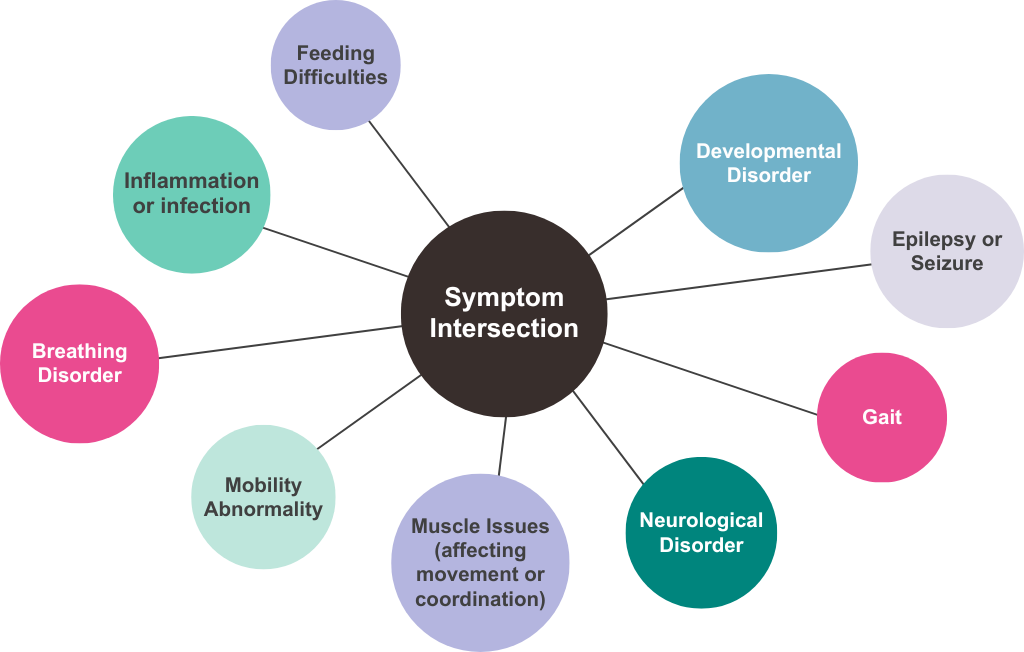Leveraging Novel Qualitative Data Points to Identify Rare Disease Patients
How life science companies are catching patients earlier in their treatment journey
While each rare disease is unique, rare disease patients often have one thing in common: an extensive timeline before reaching a diagnosis. Rare disease diagnosis timelines have improved over the past few decades, but there is still tremendous work to be done to minimize both the overall time and the number of healthcare providers (HCPs) a patient sees before they are diagnosed and treated.
Read on to learn 2 ways life science (LS) companies are catching patients earlier in their treatment journey.
1) Power HCP target lists with “symptom intersections”
LS companies, especially those working in rare diseases, are always hungry for new ways to engage with as many HCPs as possible. Most HCP target lists are generated by claims data sets. While these lists are valuable, they miss the individuals who fail to fall within very siloed billable events, like symptoms.
To address this gap, LS companies must first itemize the symptoms they know are most commonly reported that eventually lead to a diagnosis.
Figure 1: Symptom intersection example

Using this list, LS companies can mine proprietary databases to generate a list of providers seeing the patients who have reported any of said symptoms. After intersecting 6 or more of the above symptoms, one company reported successfully expanding their target list by over 3000 HCPs.
2) Fill nonspecialist educational gaps
Prediagnosis, a rare disease patient is likely to report signs and symptoms to their primary care physician (PCP). Often, PCPs have limited (or no) familiarity with the patient’s condition, so they refer the patient to a specialist after being unable to determine the cause of the patient’s symptoms. Specialists are among the most likely members of a patient’s treatment team to help them reach a diagnosis. Therefore, we know and agree that most of LS companies’ engagement efforts are focused on specialists. However, to help get a patient treated sooner, LS companies must also focus on the treatment team that a patient engages with before the one that provides a diagnosis.
To fill nonspecialist educational gaps, LS companies should generate targeted HCP lists that include the wider care team. Messaging should be specific to their role.
A reimagined solution
Unlike traditional HCP target lists that are limited to standardized information on a claim record, LS companies must turn to databases that can generate customizable lists with end points and/or valuables like comorbidities, current treatments and rationale, social determinants of health, and ethnicity.
While it’s well accepted that identifying patients for many rare diseases continues to be a difficult and costly process, LS companies that turn to creative solutions often find new ways to address time-old problems.